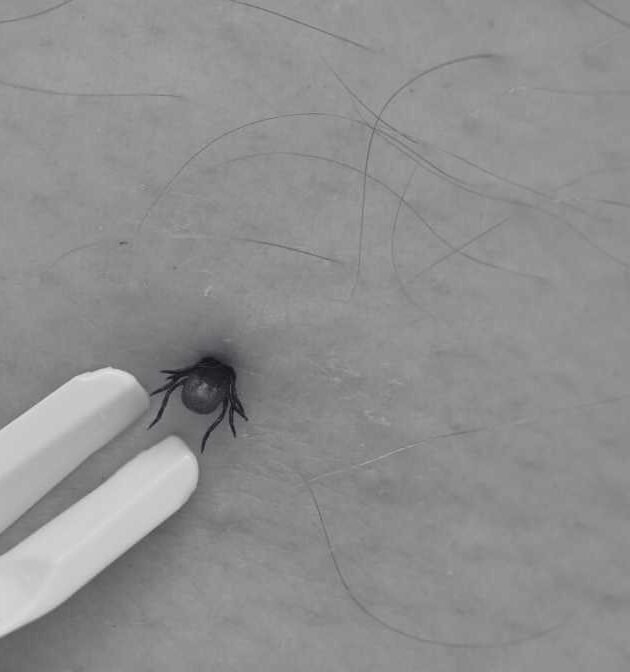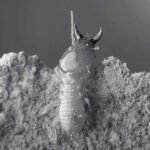
Exploring the Termite Life Cycle
June 13, 2025
The Common Types of Termites Species in Malaysia
June 16, 2025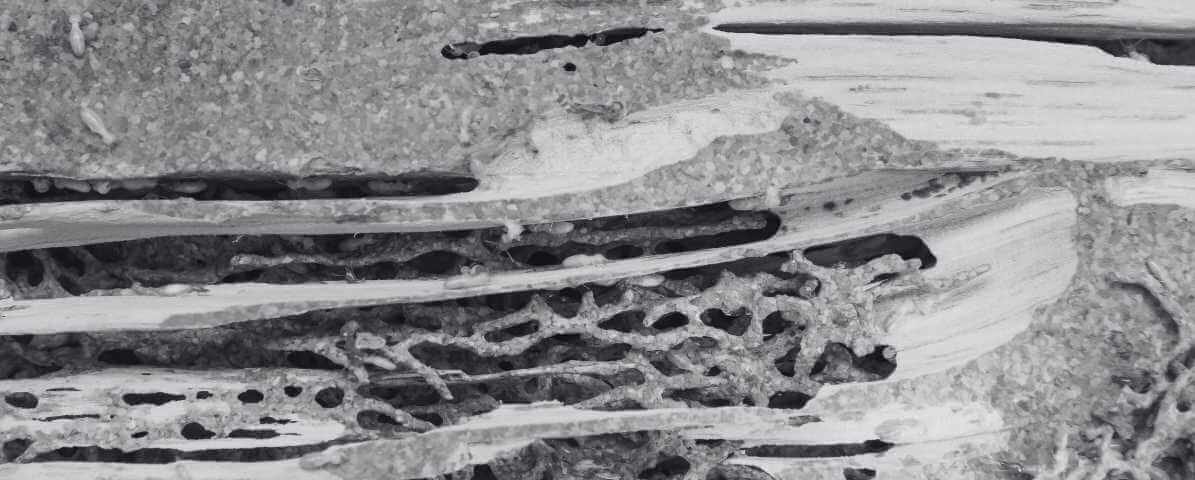
Termites Blog
Failing to detect and kill termite colony early can lead to significant damage and costly repairs. If you suspect a termite infestation based on these signs. Consult our professional pest control service promptly.
Detecting Hidden Termite Activity Before It Spreads
Kill The Termite Colony, Target The Termite Queen
In Malaysia, termite infestations are a common headache for home and business property owners. These tiny but destructive insects can cause significant damage to wooden structures and foundations if not properly managed. One of the most effective strategies in termite control is targeting the termite queen, the heart of the colony. Targeting the queen leads to collapse of the entire termite colony, a long-term solution to this persistent threat.
We explores why focusing on the queen termite is crucial. How it impacts the termite colony and the best methods to kill termites and control solutions that are most effective. Understanding this division of labour is important. It shows why disrupting the termite queen can help kill the colony.
Early Warning Signs of Termites in Malaysia
Understanding The Structure of The Termite Colony
A termite colony is a highly organised social structure composed of different termite castes, each with specific roles. The core of a colony is the termite queen and king, whose reproductive partnership sustains the colony’s growth. Surrounding them are workers, soldiers and reproductive alates, all working collectively to maintain, defend and expand the colony.
The Queen (Termite Queen)
The primary reproductive female responsible for laying eggs, sometimes thousands daily. Her role is vital as queens lay the vast majority of colony members, ensuring its survival and expansion.
King
The male partner continuously fertilises the termite queen and supports her reproductive activities.
Worker Termites
These are the most numerous caste, tasked with foraging, feeding and caring for termite eggs. They also build tunnels and nourish the soldiers and reproductive alates.
Soldier Termites
Equipped with large mandibles, they defend the colony against threats, including ants or rival colonies
Reproductive Alates
Winged flying termites that participate in mating flights, crucial for establishing new colonies.
How Discarded Wings and Hollow Wood Reveal a Termite Colony Nearby
The Life Cycle of the Termite Queen in the Termite Colony
The termite queen has a unique and remarkable life cycle that sustains the termite colony. After the mating flight, reproductive alates shed their wings and pair up. Usually in the soil surrounding the nesting sites, to establish a new colony. Once they settle, the queen begins laying eggs, which hatch into termite nymphs.
Primary reproductives, like the queen are important. Their ability to reproduce helps the colony grow. If they die, it can endanger the whole termite colony.
Egg production: The queen can lay thousands of eggs daily, a process that can last for several years if she remains alive.
Development: The termite eggs hatch into nymphs, which develop into workers, soldiers or reproductive alates depending on colony needs.
Growth: As the colony expands, the queen continues laying eggs, significantly increasing the termite population.
Spot the Signs of a Termite Colony Before It’s Too Late
Impact of the Queen’s Death in The Termite Colony
When the queen dies, the entire termite colony often faces collapse. Without her ability to lay eggs, workers and soldiers lose their main way to reproduce. The colony cannot survive without this. Our pest control method effectively kill the termite queen, the most reliable in eradicating the entire termite colony.
Colony Collapse
The worker termites may eventually die out or abandon the nest. Leading to the death of all males and females soldiers and reproductive alates.
Defence
Workers and soldiers work diligently to defend the colony, but without the queen, their survival becomes unstable.
Secondary Reproductives
Sometimes, new queens or secondary reproductives can form if the main queen dies early. However, this process is often too slow to save mature colonies.
How Large Can A Termite Colony Become?
Depending on the species and environmental conditions. A colony can contain from a few thousand to over a million termites. Larger colonies pose a greater threat to wooden structures.
Identifying a Termite Infestation
Detect Termite Colony and Infestation Early, Signs Every Owner Should Know
Early detection is essential to prevent extensive damage from subterranean termites. Recognising the signs can help owners take swift action and initiate effective pest control measures. Here are key indicators of a termite infestation:
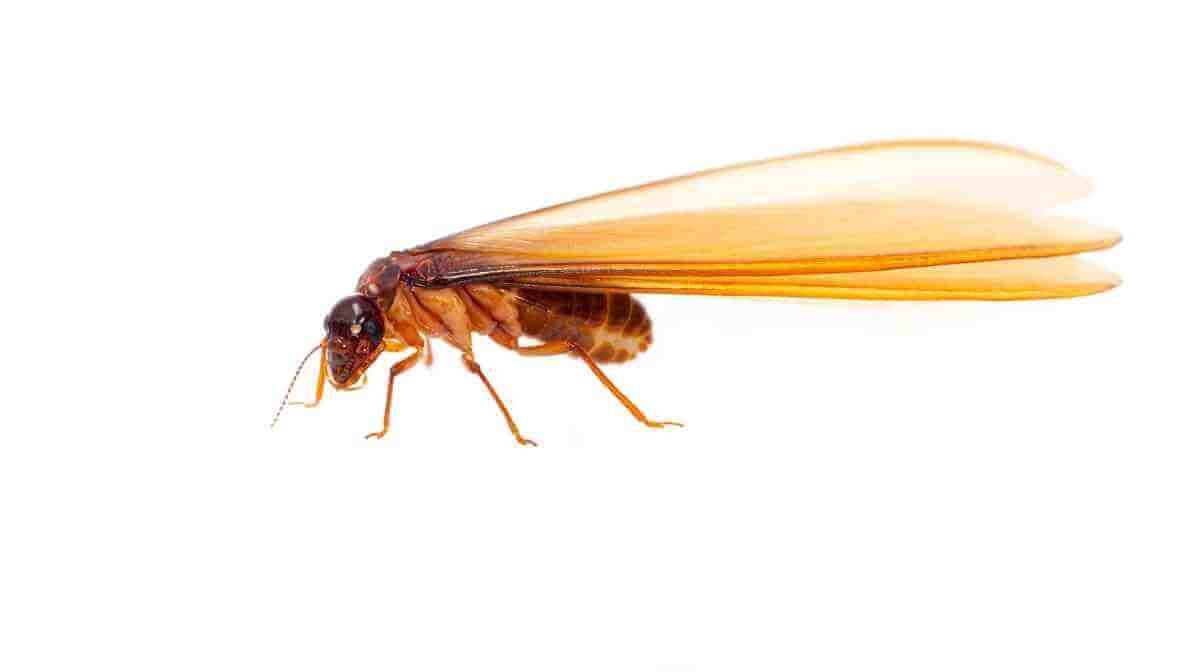
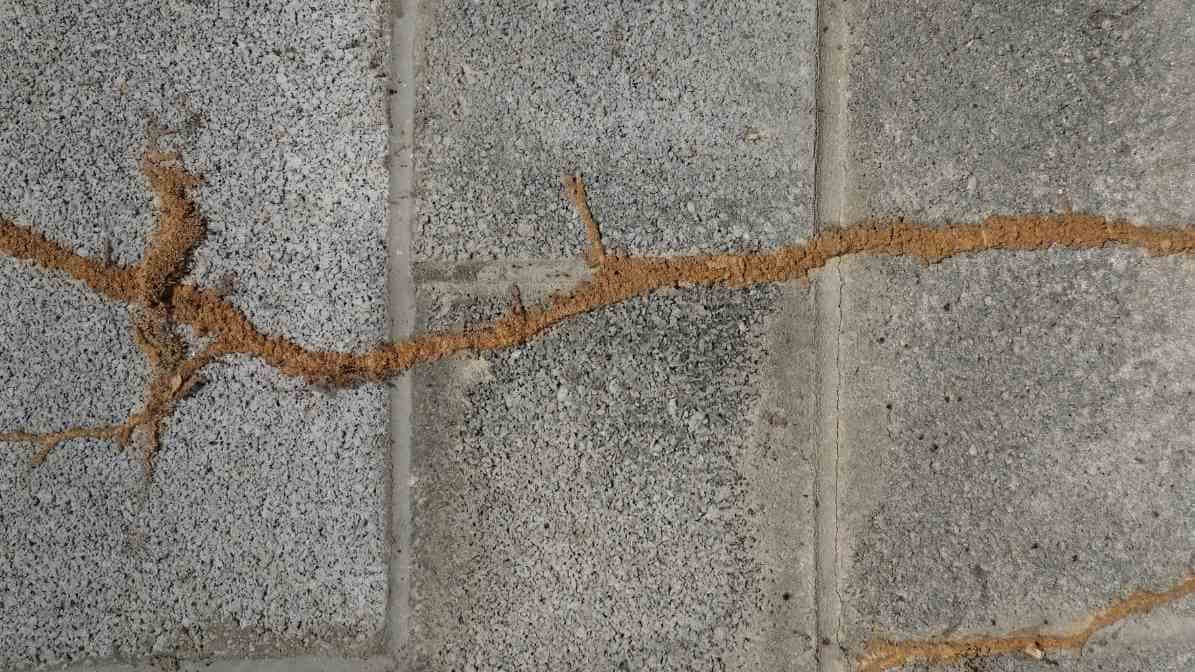

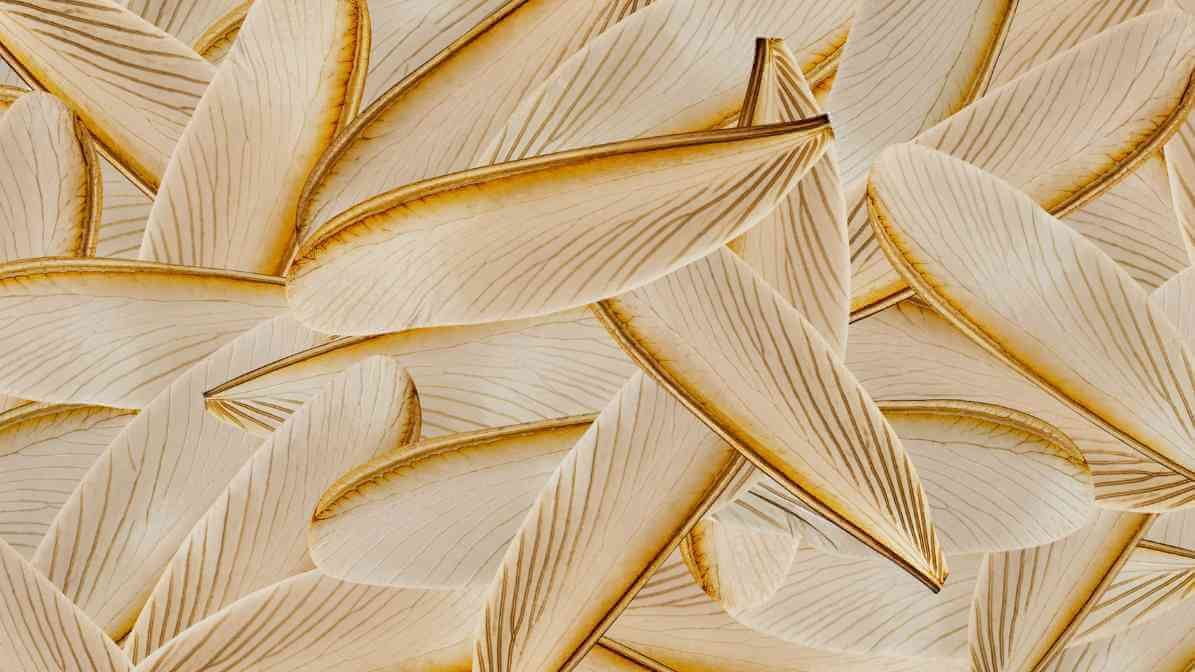
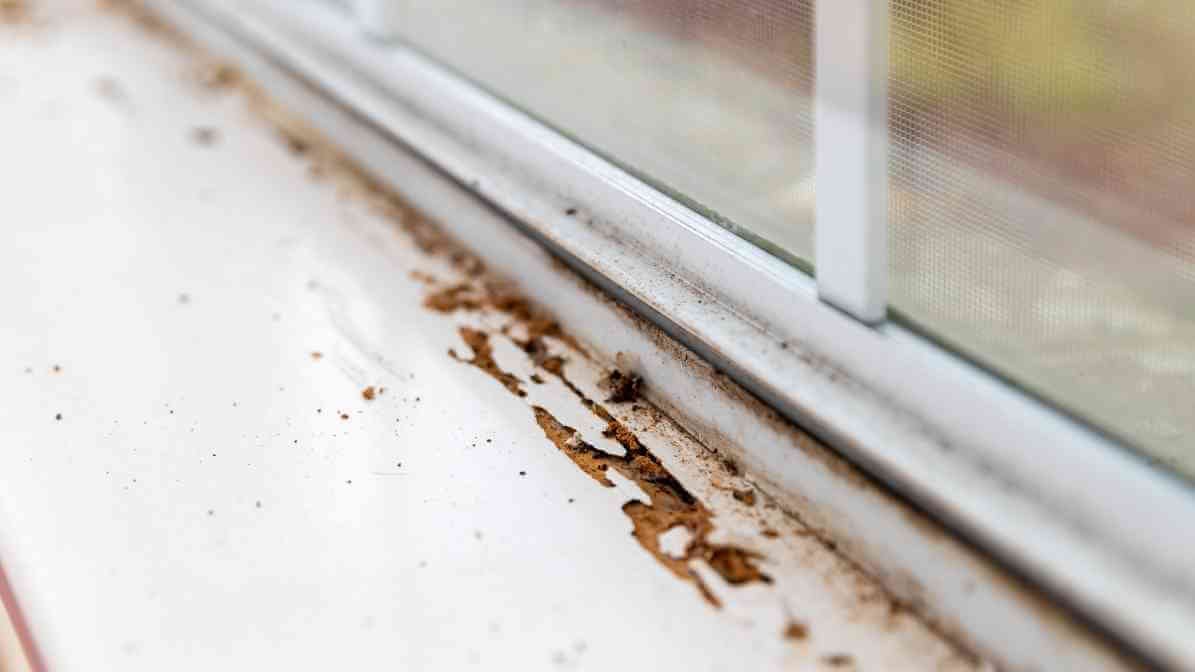
Termite swarmers:
- During mating flight seasons, especially after rain or during warm, humid weather. The flying termites and termite swarmers are often near windows, light fixtures or cracks in walls. These winged termites are reproductive alates leaving their colony to establish new nests. Their presence signals a nearby termite colony that requires attention.
Mud tubes:
- One of the most distinctive signs of subterranean termites is the presence of mud tubes. These are thin, soil-coloured tunnels made of soil, saliva and wood particles. They often extend from the ground up along foundation walls, pipes or into wooden beams and furniture. These tubes serve as protected pathways, allowing termites to forage while avoiding exposure to open air and desiccation.
Hollow or damaged wood:
- When tapping on wooden structures like furniture, floorboards or support beams, you might notice a hollow sound. The interior of affected wood often shows signs of extensive tunneling, with mud residues and a honeycomb-like structure. This indicates ongoing termite activity feeding on the cellulose material.
Discarded wings:
- After termite swarmers have paired and established new colonies, they shed their wings. These discard wings are typically near entry points, on windowsills or in the vicinity of wooden structures. Accumulations of discarded wings are strong evidence that a termite colony is nearby and actively swarming.
Damaged structures and paint:
- Over time, subterranean termites can cause structural weakening. You might observe warp or cracks in walls, bubbling or peeling paint over infest wood or sagging floors. Especially near wooden structures in contact with soil.
Why Prompt Identification Matters?
Effective Control Solutions to Kill Termite Colony
Failing to detect termites early can lead to significant damage and costly repairs. If you suspect a termite infestation, it's advisable to consult our professional pest control service promptly. Early intervention can effectively kill termites at their source. Especially the termite queen and control solutions can be more successful if implemented before the colony expands.
To effectively kill termite colony, especially targeting the termite queen. Specialised pest control strategies are require to avoid reoccurrence. Here are some of the most effective methods:
- Bait stations placed around your property contain cellulose-fed toxins that worker termites carry back to the nest. Over time, this results in kill termite colony, including the queen, as the bait reaches the vulnerable reproductive caste.
- Applying termiticide treatments around the foundation creates a chemical barrier that kills termites upon contact. This approach disrupts the subterranean termite nesting sites and prevents foraging.
Direct Main Nest Treatment
- When the queen and main colony are detect, our professional exterminators may use special poisons or foam. They inject these directly into the nests to kill the queen and break apart the termite colony from the inside.
Preventive Measures
- Regular inspections, moisture control and removing wood debris reduce the chances of establishing a termite infestation. Sealing cracks and maintaining proper drainage make your property less attractive to subterranean termites.
Identifying Subterranean Termites, Key Signs of an Impending Disaster
Why Target the Queen to Kill Termite Colony?
Since the termite queen is responsible for laying eggs and maintaining the population. Controlling or eliminating them is the most effective way to kill termites and ensure long-term eradication. Targetted method is important for dealing with subterranean termites, as their colonies often go deep underground. It can be hard to rid of them without focusing on the reproductive core.
Disrupt reproductive capacity: Once the queen dies, the termite colony can't sustain itself.
Collapse the colony: Without new workers, soldiers, or reproductive alates, the entire colony gradually dies out.
Reduce future infestation risk: Removing the queen prevents new swarms of flying termites.
Professional Termites Control Services
Innovative Pest Blog Summary
Attempting to rid of termites yourself can often be ineffective, especially with resilient subterranean termites. Our pest control experts have the tools and expertise to locate and kill the termite colony, including the queen. Our professionals employ strategies like advance baits, chemical injections and thorough inspections. Ensuring the queen and entire colony are eradicate successfully.
Targeting the queen termite is the most reliable way to kill the termite colony and prevent future damage. The termite queen controls reproduction and growth in the colony. If we control her, we break the reproductive chain leading to the collapse of the whole colony.


